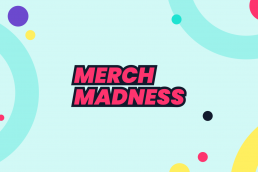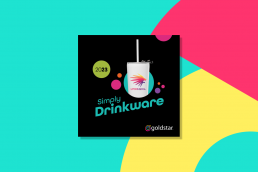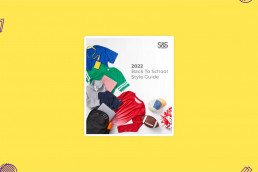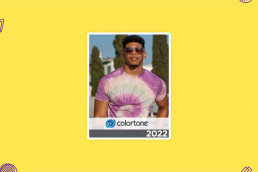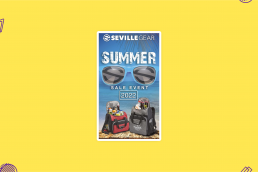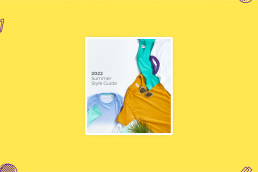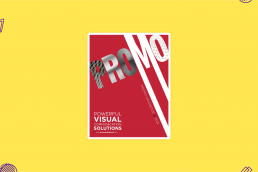Unboxing Success: The Power of Packaging in the Promotional Products Industry
Branded packaging isn't just about slapping a logo on a box—it's about weaving your brand story into every fold and crease. It's the secret…
Merch Madness 2023
It’s that time of year again! We’re pleased to announce the start of our second annual Merch Madness competition!
Breakout Spotlight: Goldstar Simply Drinkware
Everyone knows Goldstar for their amazing quality pens and elevated decoration techniques but now you can also hit them up for drinkware!
Breakout Spotlight: PCNA’s Hydro Flask 2022
Hydro Flask is a retail-focused brand entrenched in the hiking and hipster lifestyle. This brand gets requested time and time again. Their…
Breakout Spotlight: S&S Back to School Style Guide
In our trends email, we talked about back to school, and the fall is coming sooner than you think. Summer camps, campus tours, and soon we…
Breakout Spotlight: Colortone
As popular as DIY is, it doesn’t always make sense to make your own. That is where Colortone came in with a whole line of options from tank…
Breakout Spotlight: Seville Gear
Summer is always sweeter with a sweet deal and Seville Gear is bringing out the savings with this Summer Sales Event catalog. From coolers…
Breakout Spotlight: Maple Ridge Farms’ Experience This!
Each week, the breakout spotlight features a seasonal, breakout, or niche catalog on ZOOMcatalog. We'll tell you why we love it, give you…
Breakout Spotlight: S&S Summer Style Guide
The fashion forecast is all sunshine and good vibes this summer. Get ready for bright colors, playful trends, vacation getaways, fun…
Breakout Spotlight: Orbus’s Promo Handbook
Displays and signage can be so complicated. There are options from the most basic to completely custom depending on what you are looking…
Breakout Spotlight: PCNA’s ProudPath
PCNA has focused on forward-thinking retail brands and eco-friendly products to help you fulfill your CSR promises. Whether you want retail…
Breakout Spotlight: alphabroder’s Spyder Spring 2022
Spyder is blazing a new trail in imprinted apparel. For more than three decades they’ve combined iconic product design for athletes who…


